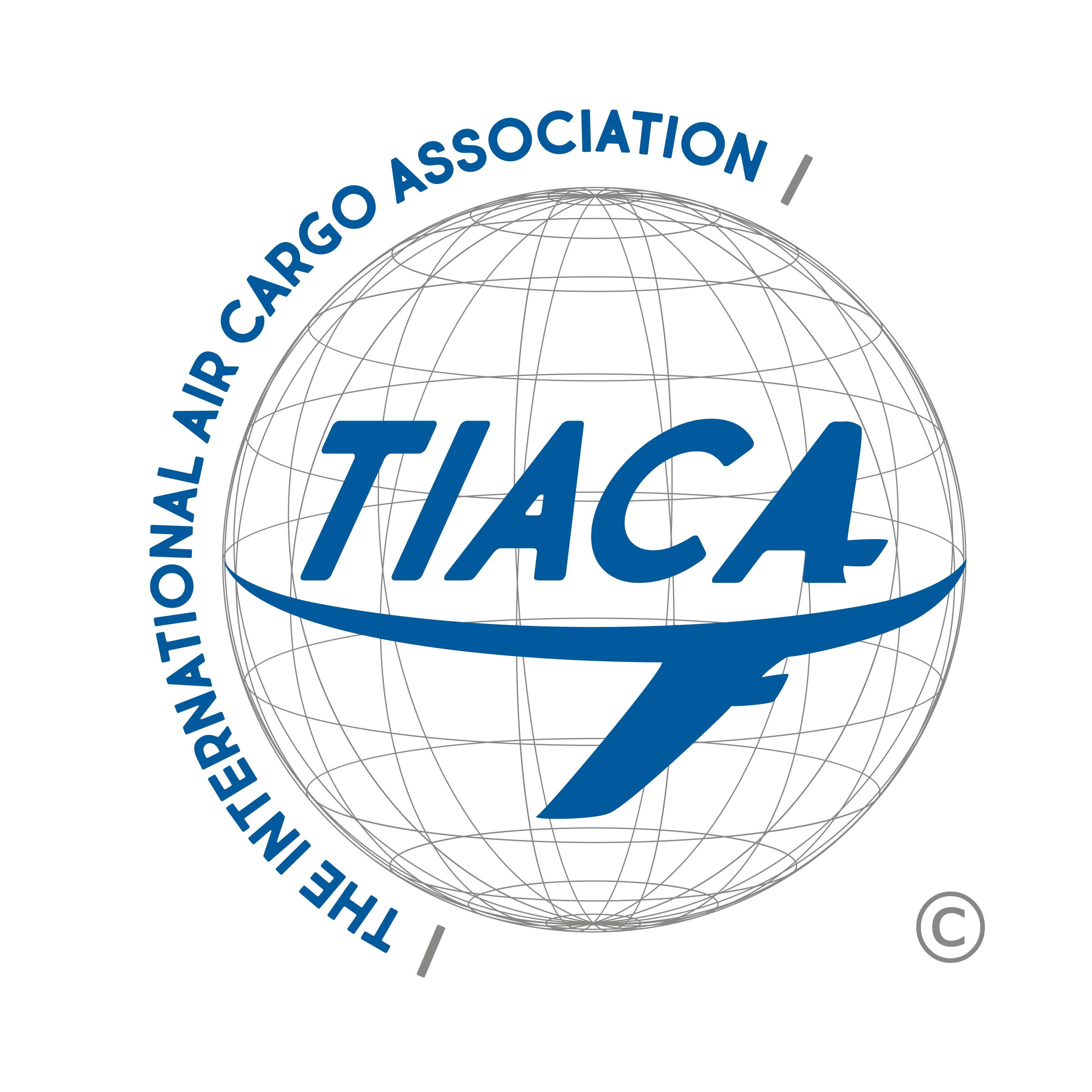A Retrospective Look at Air Cargo in 2021
Article Submitted by: Keiser Phillips Associates – TIACA Trustee Member
Written by: Thomas Phillips, KPA and Jianwen Tian, CAMIC
The year 2021 ended somewhat similar to 2020, as the COVID19 pandemic continued its hold on the world for a second year, resulting in a continued disruption of global shipping. Although more than 8.5 billion doses of vaccine have been administered globally, new and highly contagious variants, along with highly contrasting national strategies on coping with the pandemic, have continued to stretch supply chains, halt production lines, create demand swings that have resulted in multiple transportation bottlenecks. The air cargo industry, and more specifically airport cargo facilities and services, have experienced unprecedented congestion and chaos.
Anecdotal reports tell of airport cargo terminal warehouses having to close for days and refuse new shipments due to over-capacity with containers being stacked on the ramp wherever space was available. Air trucking company drivers had to spend hours in line waiting to get to the airport warehouse dock door and then often had to wait five or more hours to get their cargo loaded.
According to IATA, as of December 2021, world air cargo tonnages increased approximately 18.7% over year 2020. This increase came after an approximately 10.5% pandemic decrease in world air cargo tonnage in 2020 over 2019, the largest decline since the IATA data series was started in 1990. As most air cargo industry participants already know, not only did the pandemic disrupt production around the world, but also resulted in a significant decrease in capacity as airlines reduced schedules and grounded aircraft in the passenger market.
Prior to the pandemic crisis, the belly holds of passenger aircraft accounted for 60% of total international cargo capacity and in 2020 decreased by approximately 50%, resulting in air freight rates up 75% to 185% year-over-year depending on trade-lane. IATA data indicates that as of December 2021, belly capacity was still down by about 38%, with total air cargo capacity hovering at about 11% below 2019.
The pandemic not only forced a significant shift to ad hoc and scheduled freighter activity and the introduction of cargo-only passenger flights (preighters), but also accelerated a shift in consumer buying habits. As consumers shifted spending from entertainment and other service-oriented spending to at-home consumption, e-commerce platforms saw unprecedented growth in demand. Air cargo as a key component of the e-commerce distribution chain, coupled with high demand, put many air cargo terminal operators, ground crews and air trucking companies under extreme pressure.
During multiple aviation related committee sessions at the recent January 2022 Transportation Research Board (TRB) Annual Meeting (the TRB is a part of the US National Academy of Sciences) the most asked about and discussed topic was “if and when will airline demand recover from the pandemic?”. For us who we have work directly with air cargo operators and airports, the question was how can airports possibly accommodate the all of the demand we have seen the past two years!
Nevertheless, it was, again, a reminder that for most US airport sponsors, managers and planners, the airline business is associated with passengers, and air cargo is mostly an after-thought. This dominate way of focusing on passenger related facilities and services at airports in the US greatly exposed the inadequacies of the airport air cargo infrastructure.
This past calendar year saw significant difficulties in moving cargo at several key US gateway airports, such as New York’s JFK, Chicago O’Hare, Los Angeles LAX, Seattle, and a host of others. Much of this delay was caused by labor shortages – partly related to workers placed in quarantine – insufficient storage space at airports, and a large backlog of shipments to process. Nevertheless, an underlying cause was the poor understanding of the air cargo industry by airport operators.
There are no indications that the staffing shortages and resultant delays that continue to plague major ports will ease in the near-term. Clearly, a new airport planning paradigm is needed and airport sponsors need to invest more resources in:
• facilities and infrastructure;
• integrated technological solutions;
• operational performance standards;
• determining off-airport land use needed to support on-airport operations; and
• coordinating with local and regional entities for better strategic solutions for air cargo operations that do not start and end at the airport.
Most importantly, as at many key Asian and European cargo-centric airports, a better administrative structure for managing airport air cargo operations in the US is needed. Let’s hope for a more productive and efficient 2022.

